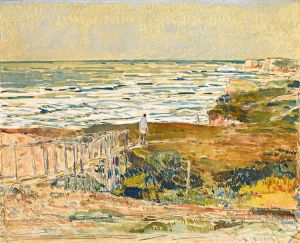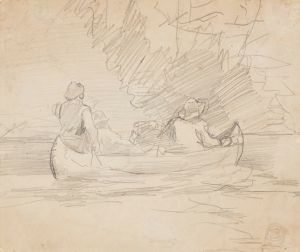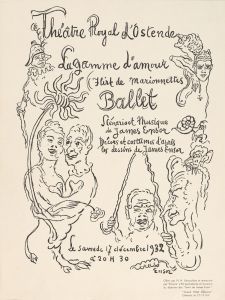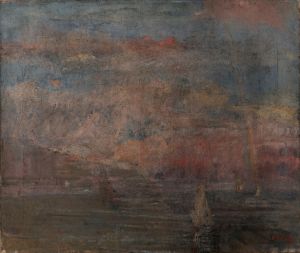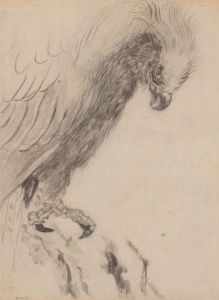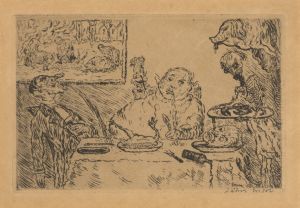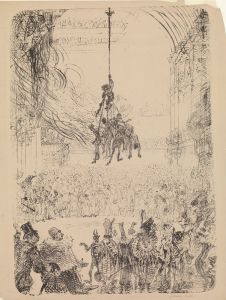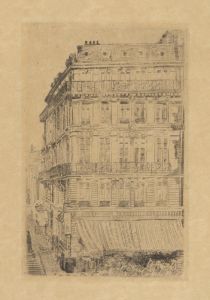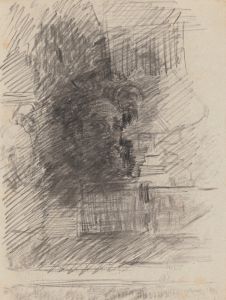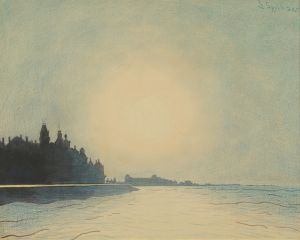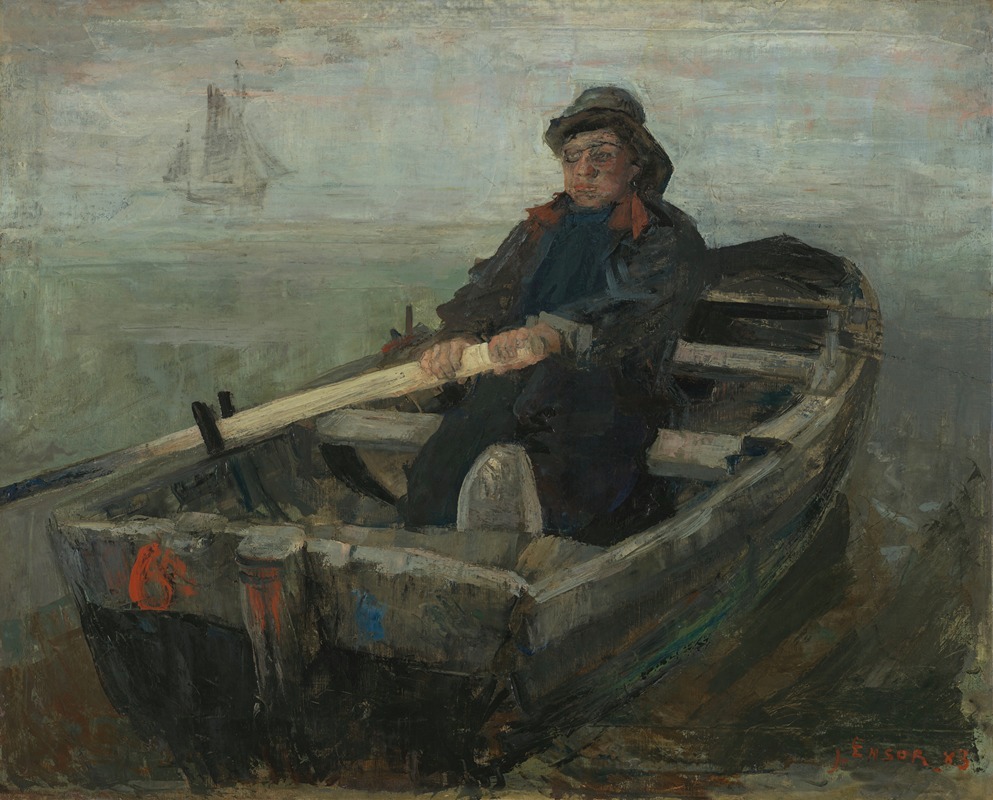
The Rower
A hand-painted replica of James Ensor’s masterpiece The Rower, meticulously crafted by professional artists to capture the true essence of the original. Each piece is created with museum-quality canvas and rare mineral pigments, carefully painted by experienced artists with delicate brushstrokes and rich, layered colors to perfectly recreate the texture of the original artwork. Unlike machine-printed reproductions, this hand-painted version brings the painting to life, infused with the artist’s emotions and skill in every stroke. Whether for personal collection or home decoration, it instantly elevates the artistic atmosphere of any space.
"The Rower" is a painting created by the Belgian artist James Ensor in 1883. Ensor is known for his unique and often avant-garde style, which incorporates elements of symbolism and expressionism. His works frequently explore themes of existentialism, mortality, and the grotesque, often using vivid colors and dramatic contrasts.
"The Rower" depicts a solitary figure rowing a boat on a body of water. The composition is relatively simple, focusing on the lone rower and the surrounding environment. Ensor's use of color and light in this painting is notable; he employs a palette that includes muted blues and greens, which evoke a sense of calm and introspection. The water is rendered with a degree of abstraction, using broad, sweeping brushstrokes that suggest movement and fluidity.
The figure of the rower is central to the composition, and Ensor's attention to detail in the depiction of the human form is evident. The rower is dressed in a simple outfit, and the physical exertion of rowing is subtly conveyed through the posture and positioning of the arms and shoulders. The background of the painting is relatively sparse, with a horizon line that separates the water from the sky, creating a sense of depth and space.
James Ensor was born in Ostend, Belgium, in 1860, and he spent much of his life in this coastal city. The maritime environment of Ostend had a significant influence on his work, and many of his paintings feature scenes of the sea and coastal life. "The Rower" can be seen as a reflection of Ensor's connection to the sea and his interest in capturing the essence of human experience through solitary figures in natural settings.
Ensor's early works, including "The Rower," were often characterized by a more traditional approach to painting, with a focus on realism and naturalism. However, as his career progressed, he began to experiment with more radical and innovative techniques, eventually becoming a leading figure in the Symbolist movement. His later works are known for their bold use of color, fantastical imagery, and satirical commentary on society and human nature.
"The Rower" is housed in the Royal Museum of Fine Arts in Antwerp, Belgium, which holds an extensive collection of Ensor's works. The painting is considered an important example of Ensor's early style and provides insight into his development as an artist. It also highlights his ability to convey mood and emotion through the depiction of solitary figures in contemplative settings.
Overall, "The Rower" by James Ensor is a significant work that exemplifies the artist's early mastery of technique and his ongoing exploration of themes related to the human condition. It remains a valuable piece within the broader context of Ensor's oeuvre and the history of Belgian art.





